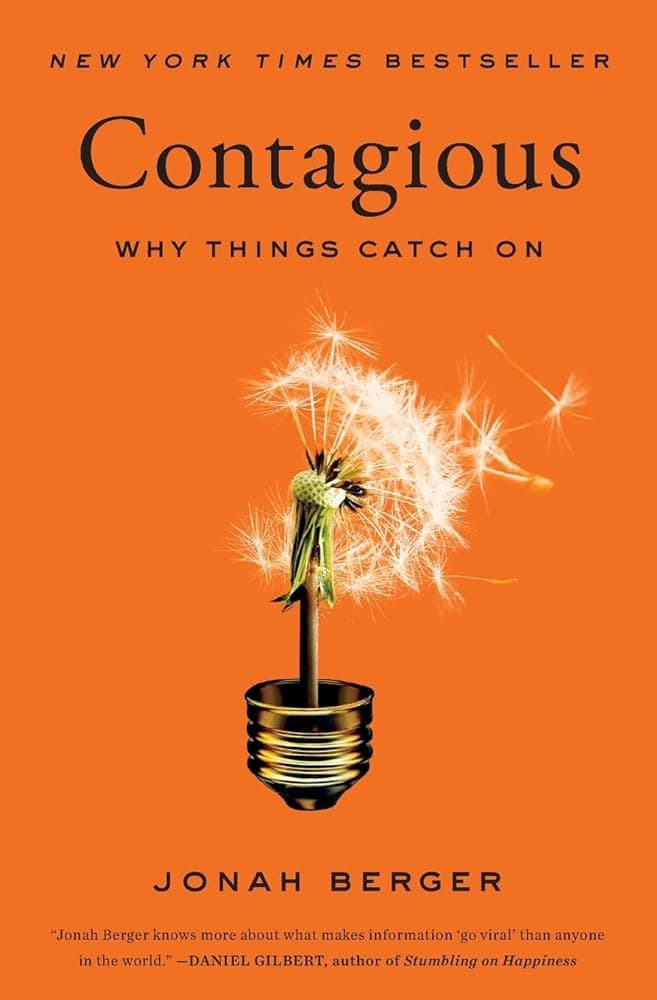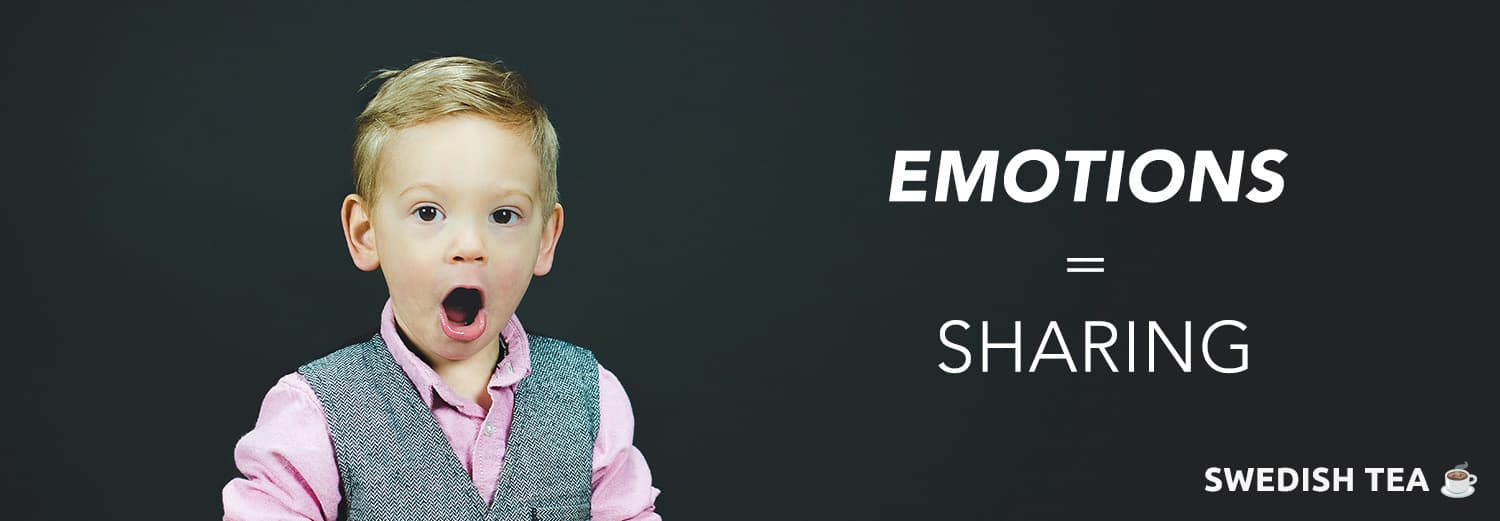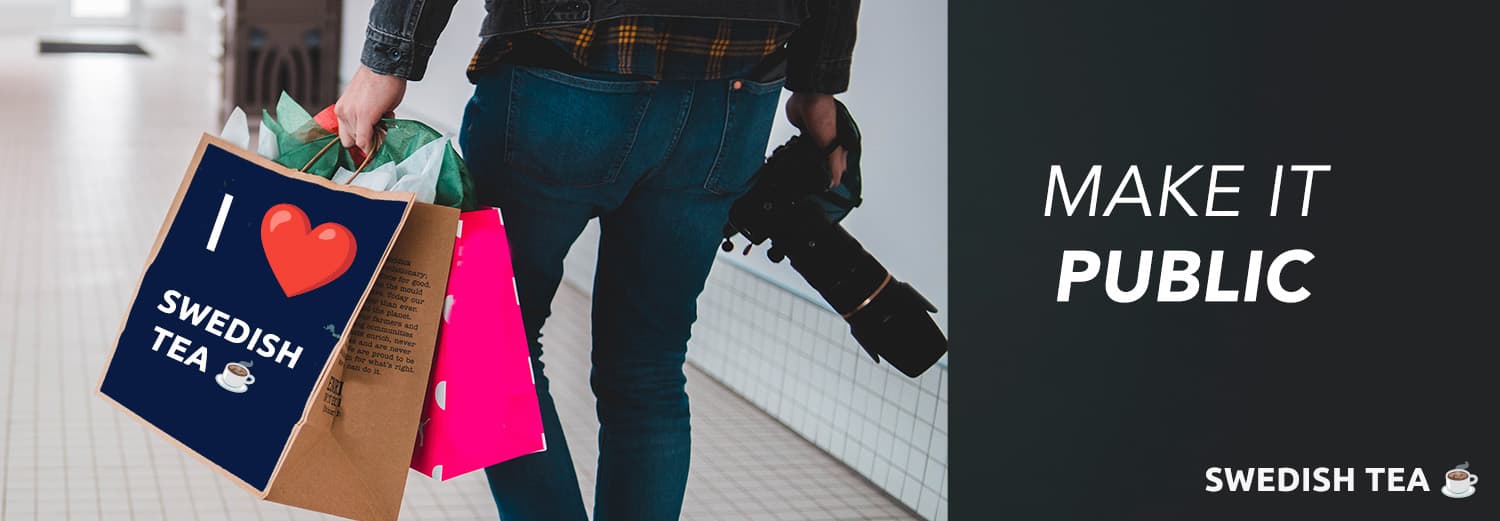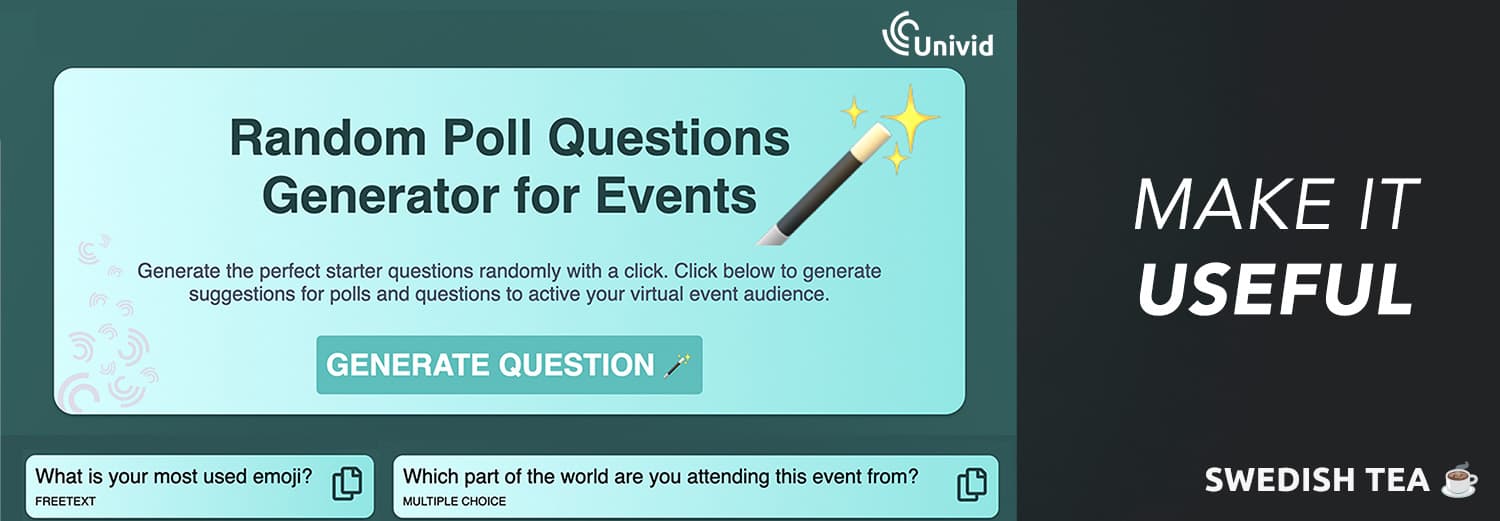Contagious: Why Things Catch On - Summary and review

🚀 Summary: Contagious: Why Things Catch On in 30 seconds

Contents
What is Contagious: Why Things Catch On about
What is virality and the meaning of ‘contagious’? 🦠
Contagious = likely to spread. Content is spread from person to person, by word of mouth, and social influence. This content can be information, news, ideas and stories. Hopefully, if you play your cards right and read through this summary - this shared content will also involve your product and story.
How is content spread?
Content can be spread by consumers, coworkers, and community members. It can be talked about, shared, or imitated.
The six principles of WHY content is spread
In Jonah Berger’s research at Warthon, analyzing hundreds of contagious messages, he noticed 6 key steps (or STEPPS) for content to be spread. The principles of contagiousness are: social currency, triggers, emotions, public, practical value, and stories. Let’s jump into each one below.
PRINCIPLE 1: SOCIAL CURRENCY 💲
People want to look smart, rich and cool, rather than dumb, poor and geeky. Thus, people will share content that makes them appear this way. To make people share our message, we need to help people achieve these things and give them symbols of status that they can show to others.💼 Business example: 🕹️ gamify your product and provide badges that users can show off to others, making them look like pros.

Gamified leaderboard in Univid - one small step towards sharability and social currency in the webinar platform I have founded
PRINCIPLE 2: TRIGGERS ⚠️
People need to be reminded of what to do. Just like you set reminders in your calendar that ping you 10 minutes before your meeting starts, your product needs to do the same.
Triggers or cues are stimuli that make people think about related things.
The more frequently people get triggered to think of your product, the better. We want to design our product so it’s linked to relevant cues that pop up alot in the everyday environment of our ideal customer. The same approach goes for forming a new habit, Atomic Habits suggests to make the cues for that habit visible - eg. place your running shoes next to your door to exercise more, or your water bottle on your office desk to drink more water.
That is why DAU (daily active users) is so powerful when it comes to measuring stickiness in networks and SaaS products - even though it is a lagging indicator. If people are using your product everyday, they will think about it and have it top of mind. If it is something they use more seldomly, you need to create other proxies for thinking about your product.
💼 Business example: Budweiser linked themselves to the phrase “what’s up” with their world famous TV commercial “Wazzup”.
PRINCIPLE 3: EMOTIONS 😊
Caring leads to sharing. When people feel like a product or story resonates deeply with them and their view of the world - they will happily share it. Simon Sinek talks about this in his book Start with Why - he explains this virality is one of the core benefits of focusing on the WHY, when starting and scaling a business.So it is not just to focus on the functions and logical components of our messaging, but also trigger emotions and make people feel something.It does not necessarily have to be positive emotions - people share when they feel strong emotions. Provocative content that even triggers negative emotions can contribute positively to fueling your fire. Law 6 from the 48 Laws of Power also talks about this - stating “court attention at all costs” and how even negative publicity can result in power.
💼 Business example: when writing posts on LinkedIn, consider what feeling you trigger, and be hyper specific in deciding WHO you want to trigger.

PRINCIPLE 4: PUBLIC 📢
Can people see when others are using your product or engaging in the behaviour you want? If not, find ways to make it visual, and let your customers naturally become advocates for you.
“Monkeys see, monkeys do” 🐵
Don’t white label a product you want to go viral. Make it easier to share, imitate your users, and talk about your product.
💼 Business example: Apple includes the famous “Sent from my iPhone” which is an automatic way to share the fact that the email was sent using one of their products. They also achieved the social currency aspect, where it is considered as a status symbol to use Apple products.

PRINCIPLE 5: PRACTICAL VALUE 🛠️
People like to help their peers. People will share content they consider useful for the next person. Our content also needs to be neatly packaged and stand out from the crowd to make it sharable.💼 Business example: write a great blog article showing exactly how you solve a big pain for your ICP - by making avoiding writing just another obvious buzz-word filled marketing piece, but rather focusing on providing real value - people will share (most likely also to others in your ICP - the power of word of mouth).

At Univid, we have build a bunch of free tools for webinar hosts. For example a ‘polls question generator’, since lots of webinar hosts are struggling with finding inspiration on what polls questions to ask.
PRINCIPLE 6: STORIES 📖
People tell stories, they don’t just share plain information. By wrapping our idea or product into a story - people will be sharing this “Trojan Horse” without even thinking about it being marketing for you.However, to make this succesful, one has to embed the message deep within the core of the story - so deep it cannot be told without it. Then the message will not get lost.

💼 Business example: build a story about one of your real users who transformed the way they conducted business, thanks to using one of your products. Alex Hormozi, author of the book $100M Offers is a true expert on this - telling stories on his Youtube channel.
Everything from his insecurities starting on his sales path, making his first sales of protein powder to a gym client of his, and how that was the start of his way to building a 100M business. Stories like that will be shared - and the companies he has been building are very much integral to the stories.
He has founded Acquisition.com, a business focusing on entrepreneurs as their target group - so the message also resonates specifically with those people.
Contagious: Why Things Catch On review - what kind of book is it?
A great read on word of mouth and virality, with some entertaining and memorable real-world cases to exemplify. Also, Berger provides a good framework for introducing viral growth and loops into your product, even though it appears he has never practically done it himself in practice, or has own experience from building virality - something that would have made the read a 5/5 for me. To me, startups are both an art and science - but practical experience is everything. Nevertheless, the book provided great value to the drivers of growth and was extensively built out with references and studies. Also, I found it brought together alot of previous reads of mine, on the topics of marketing, growth, and psychology.
Want to learn more about growing SaaS companies?

